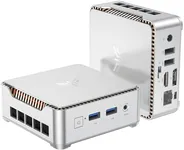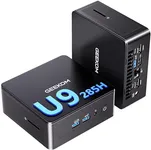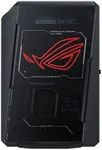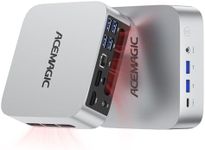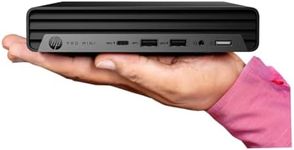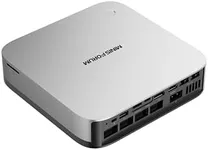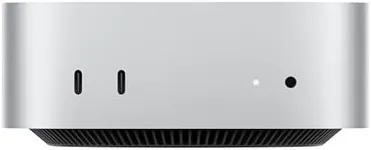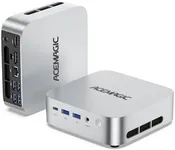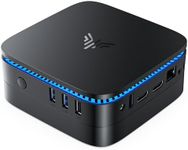Buying Guide for the Best Mini Pcs
Mini-PCs are compact computers that fit into small spaces but can still handle everyday tasks and even some more demanding uses. Choosing the right mini-PC involves thinking about how you'll use it—such as for browsing, office work, streaming, light gaming, or creative tasks—and which features matter most to you. It's important to understand key specifications, as these determine how well the mini-PC will perform for your needs. By considering things like the processor, memory, storage, and connectivity, you can find a model that matches your requirements and fits seamlessly into your space.Processor (CPU)The processor is the brain of the mini-PC, handling all major calculations and tasks. Its speed and core count affect things like how quickly programs open and how strongly the PC can multitask. Basic CPUs work fine for browsing and office work, while mid-range and high-end CPUs are better for advanced multitasking, light gaming, and editing photos or videos. If you mostly use simple applications, a lower-tier processor is often enough. For heavier multitasking or creative work, choose a device with a more powerful CPU.
Memory (RAM)RAM is the short-term memory that helps your mini-PC juggle multiple tasks smoothly. The more RAM, the better your device can keep several apps open without slowing down. Mini-PCs commonly come with between 4GB and 16GB of RAM. For casual use and web browsing, 4GB to 8GB is usually sufficient. If you work with large files, do a lot of multitasking, or need a system to last for years, 16GB or more can be helpful. Think about your typical workload and whether you tend to use several programs at once.
StorageStorage is where all your files, programs, and system data live even when the PC is turned off. Mini-PCs are commonly equipped with SSDs (which are fast and shock-resistant) or sometimes traditional hard drives (which offer more space for the price). 128GB to 256GB SSDs are good for basic needs; if you keep lots of large files, like videos or games, or plan to install many programs, look for higher capacity—512GB or more. Your storage choice should reflect whether you prioritize speed (SSD) or maximum space.
Graphics (GPU)The graphics processor, or GPU, handles visual tasks from displaying web pages to playing videos or games. Most mini-PCs use integrated graphics, which are built into the processor and fit basic needs and light gaming or HD video. If you want to do photo editing, casual gaming, or drive multiple high-resolution monitors, look for models with better or dedicated graphics. Match your choice to how visually intensive your tasks are.
Ports and ConnectivityPorts and connectivity options determine how you plug in monitors, keyboards, drives, and access the internet. Check for the types and number of USB ports (for accessories), HDMI or DisplayPort (for monitors), and whether there’s Ethernet (for wired internet) or Wi-Fi/Bluetooth (for wireless use). Make sure your chosen mini-PC supports all devices you want to connect, and also consider if you’ll need more advanced ports like Thunderbolt or SD card readers.
Size and Form FactorThe size and shape of a mini-PC affect where you can place it—some are tiny enough to mount behind a monitor, while others take a little more space but offer better cooling or expandability. If your workspace is crowded or you want a nearly invisible setup, choose the smallest form factor. If you prefer better airflow or plan to add components, a slightly larger box might be better. Consider the space you have and how important discreet placement is to you.
UpgradabilityUpgradability means how easily you can improve parts of your mini-PC in the future, such as adding more RAM or storage. Some mini-PCs are sealed and can’t be opened, while others allow access to key components. If you want your device to last for years and grow with your needs, pick a model that lets you upgrade at least the memory or storage. If you don’t foresee changing your setup, a sealed model can be simpler and sleeker.
Cooling and NoiseMini-PCs manage heat with fans or passive cooling, and that affects how noisy they are. Small, fanless designs are completely silent but may not handle heavy workloads well. Mini-PCs with small fans might get loud when working hard. If you need a quiet workspace (like in a living room or bedroom), look for fanless or low-noise models. For demanding tasks, accept a little bit of fan noise in exchange for better cooling.

